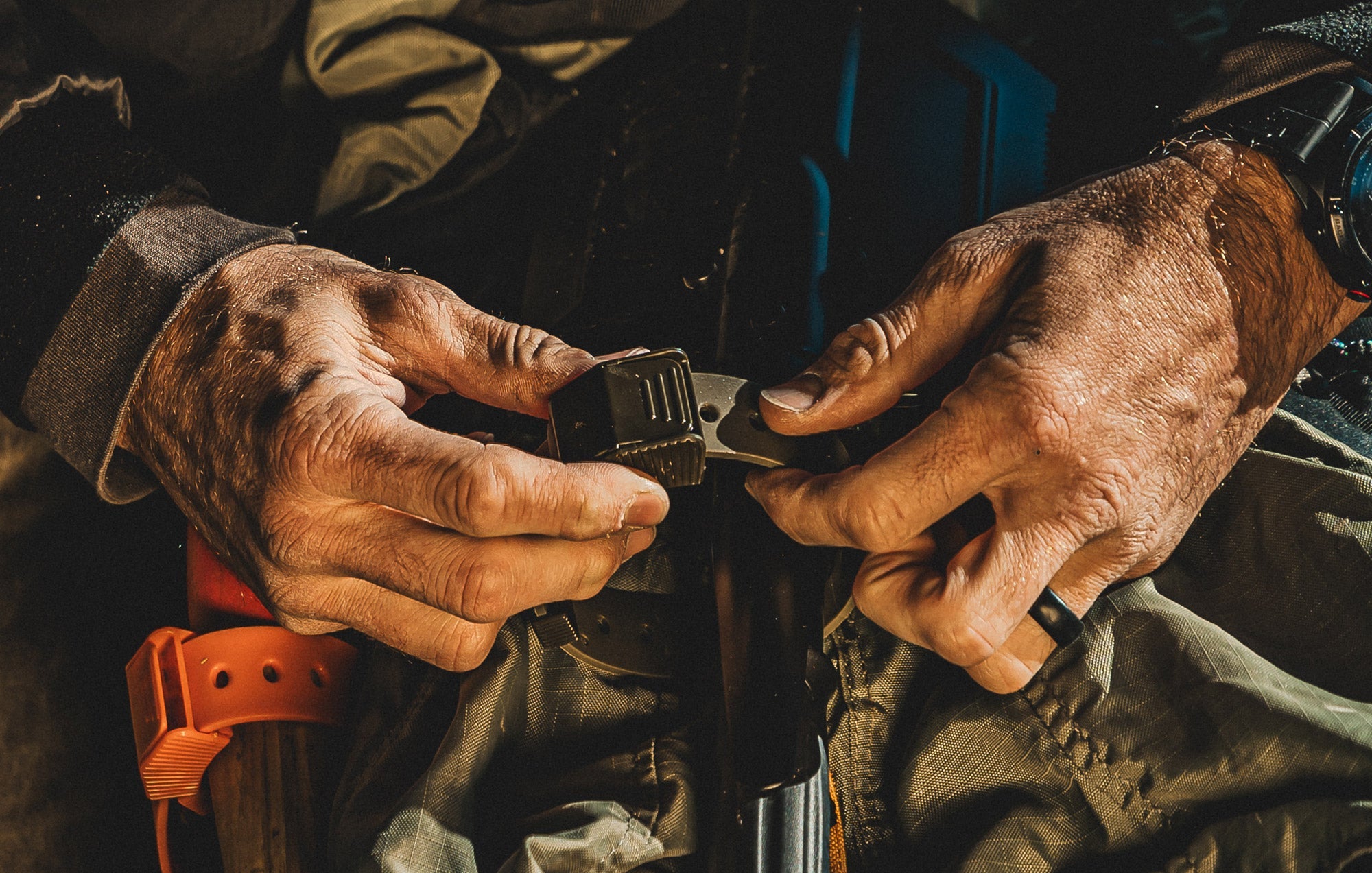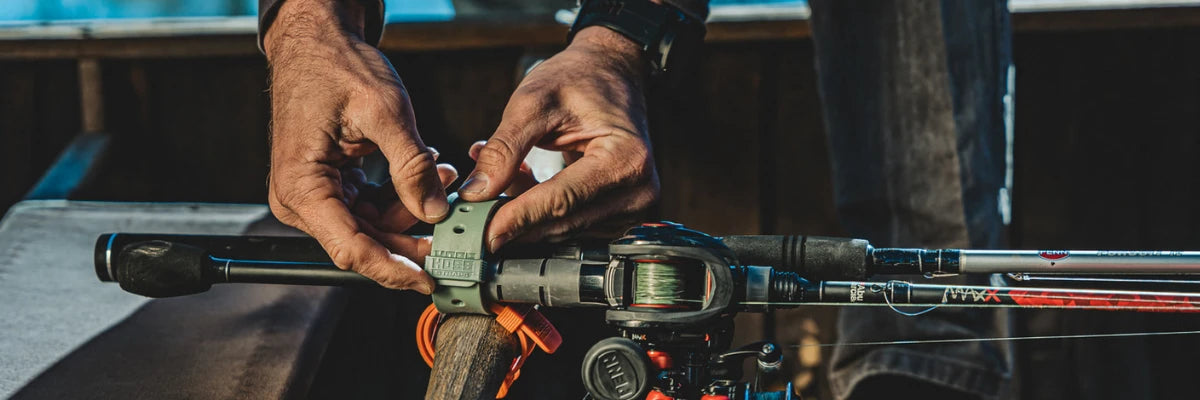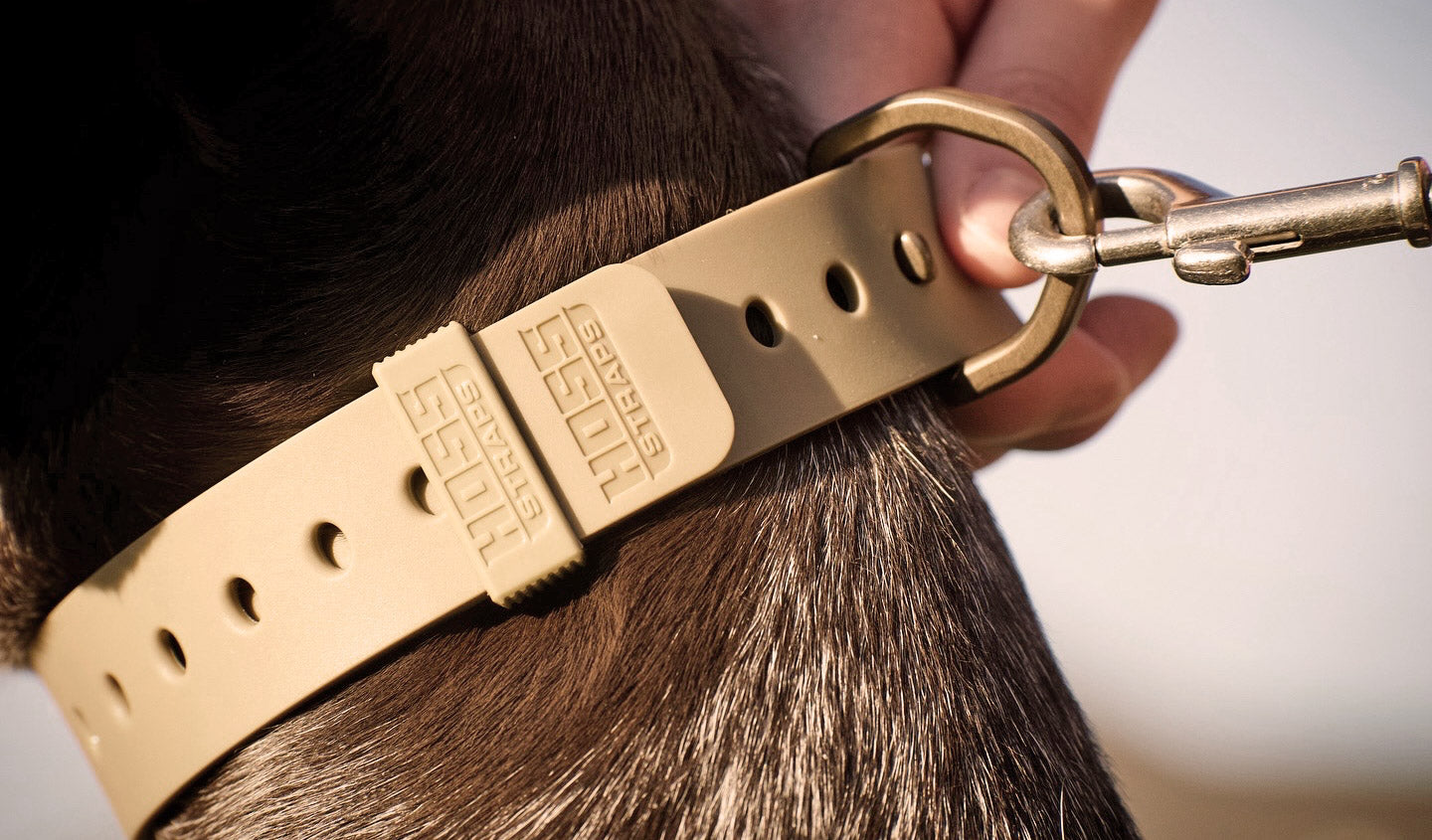Tire Hold-Down Straps: Keeping Spare Tires Safe and Accessible

Check out our jeep straps, utv straps, overlanding straps, industrial straps, boat straps and more!
A spare tire should be ready for anything—whether you drive solo on country roads, manage a fleet of trucks, run an auto accessory shop, or push deep into the wild off-road. The right hold-down strap means your spare tire stays secure, accessible, and out of trouble—no rattling, shifting, or unexpected surprises. In this guide, we’ll walk you through the benefits of tire hold-down straps, tips for picking the right style, and simple steps to keep your spare safe wherever your journey takes you.
Why Tire Hold-Down Straps Matter
Tire hold-down straps aren't flashy, but they do tough work behind the scenes. A properly secured spare tire isn’t just about keeping your gear neat—it’s about protecting you, your vehicle, and everyone on the road. Unsecured cargo, including spare tires, leads to thousands of preventable accidents worldwide each year, according to the Federal Motor Carrier Safety Administration (FMCSA), with proper securement reducing load-related incidents by up to 65% (FMCSA, 2025).
Key Benefits of Using Tire Hold-Down Straps
Enhanced Safety for You and Others
Tire straps are made to keep your spare right where you put it, no matter the bumps or turns. Well-secured loads reduce accident risk for everyone—drivers, passengers, and nearby vehicles. When a load is tied down, it’s far less likely to shift, fall, or cause damage (OmegaStrap, 2024).
Versatility Across Vehicles and Environments
Hold-down straps work for sedans, trucks, fleet rigs, and rugged off-road vehicles alike. Whether you mount your spare inside, on a rack, on the back, or underneath, there’s a strap fit and style for nearly every setup. Ratchet and cam buckle systems make switching between vehicles and mounting points simple (OmegaStrap, 2024).
Ease of Use and Time-Saving Design
Modern tire straps feature intuitive designs—ratchets for heavy-duty jobs, cam buckles for lighter gear. The process is quick:
-
Inspect the strap and hooks
-
Thread it through the tire and mounting point
-
Tighten until snug, making sure the tire doesn’t move or rattle
-
Secure any loose ends so nothing flaps or snags
Most drivers can install or remove a tire hold-down strap in less than a minute (LiftingEquipmentStore, 2025).

How to Select and Use Tire Hold-Down Straps Correctly
Sizing, Materials, and Features to Look For
When buying a strap, check:
-
Material: Polyester webbing is rugged and weatherproof; nylon is flexible but absorbs more water (LiftingEquipmentStore, 2025).
-
Width: Larger tires need wider straps; 1-inch for light use, up to 4-inch for fleet or industrial rigs.
-
End Fittings: S-hooks, flat hooks, or loops—make sure they'll latch securely to your mounting point.
-
Weather Resistance: Look for UV-treated webbing and corrosion-resistant buckles for outdoor storage.
Step-by-Step Guide to Installing Tire Straps
-
Inspect: Look for wear, fraying, or bent hooks.
-
Find Anchors: Use strong, stable points—factory mounts or frame sections.
-
Thread: Feed the strap through the tire, then the ratchet or buckle.
-
Tighten: Pull slack by hand, then crank the ratchet or pull the buckle till the tire is snug.
-
Lock & Secure: Double-check tension and tie off loose ends.
Pro tip: Lay the strap flat and avoid twists—twisted webbing cuts strength by 50% (LiftingEquipmentStore, 2025).
Maintenance and Longevity Tips
To keep your strap working well:
-
Inspect before every use—replace if you find any damage.
-
After off-road trips, clean away mud, grit, or salt.
-
Store dry—sun and moisture break down webbing and corrode buckles.
-
Don’t overtighten. Too much force can warp gear and stretch straps.
A high-quality strap can last several years with proper care (LiftingEquipmentStore, 2025).
Common Pitfalls and How to Avoid Them
-
Using damaged straps: Never use webbing with cuts, burns, or loose threads.
-
Incorrect tensioning: Loose straps let the tire shift; over-tightening wears out the gear.
-
Improper anchor points: Weak or uneven mounts may fail under stress.
-
Ignoring regular checks: Inspect regularly to catch early wear.
Always store your straps in a dry, cool spot. If you’re uncertain, replace the strap—no shortcut is worth compromising safety (LiftingEquipmentStore, 2025).
Frequently Asked Questions (FAQ)
Q1: How do I know what strap size I need for my spare tire?
Choose your strap by matching width and strength to the tire size. Use 2-inch wide straps for most standard or SUV tires; heavy trucks and off-road rigs often need 3–4-inch options.
Q2: Can I use regular cargo straps instead of specialty tire straps?
Cargo straps work in a pinch, but purpose-built tire hold-downs fit better and minimize risk of slipping or tire wear.
Q3: How often should I inspect or replace tire straps?
Inspect before every trip. Replace at the first sign of fraying, bent hooks, or lost elasticity. Most straps last 2–3 years with good care.
Q4: Are there global standards or legal requirements for securing spare tires?
Most countries require spare tires to be secured while driving; U.S. DOT mandates straps with a combined working load limit covering at least 50% of cargo weight.
Q5: What’s the easiest way to keep my strap in top shape?
Keep it clean, dry, and stored out of direct sunlight. Regular inspections are key—swap out any strap showing wear or damage.
Ready to secure your gear with confidence? Visit Hoss Straps Collections today and explore our wide range of straps, designed for safety, reliability, and peace of mind on every adventure!





